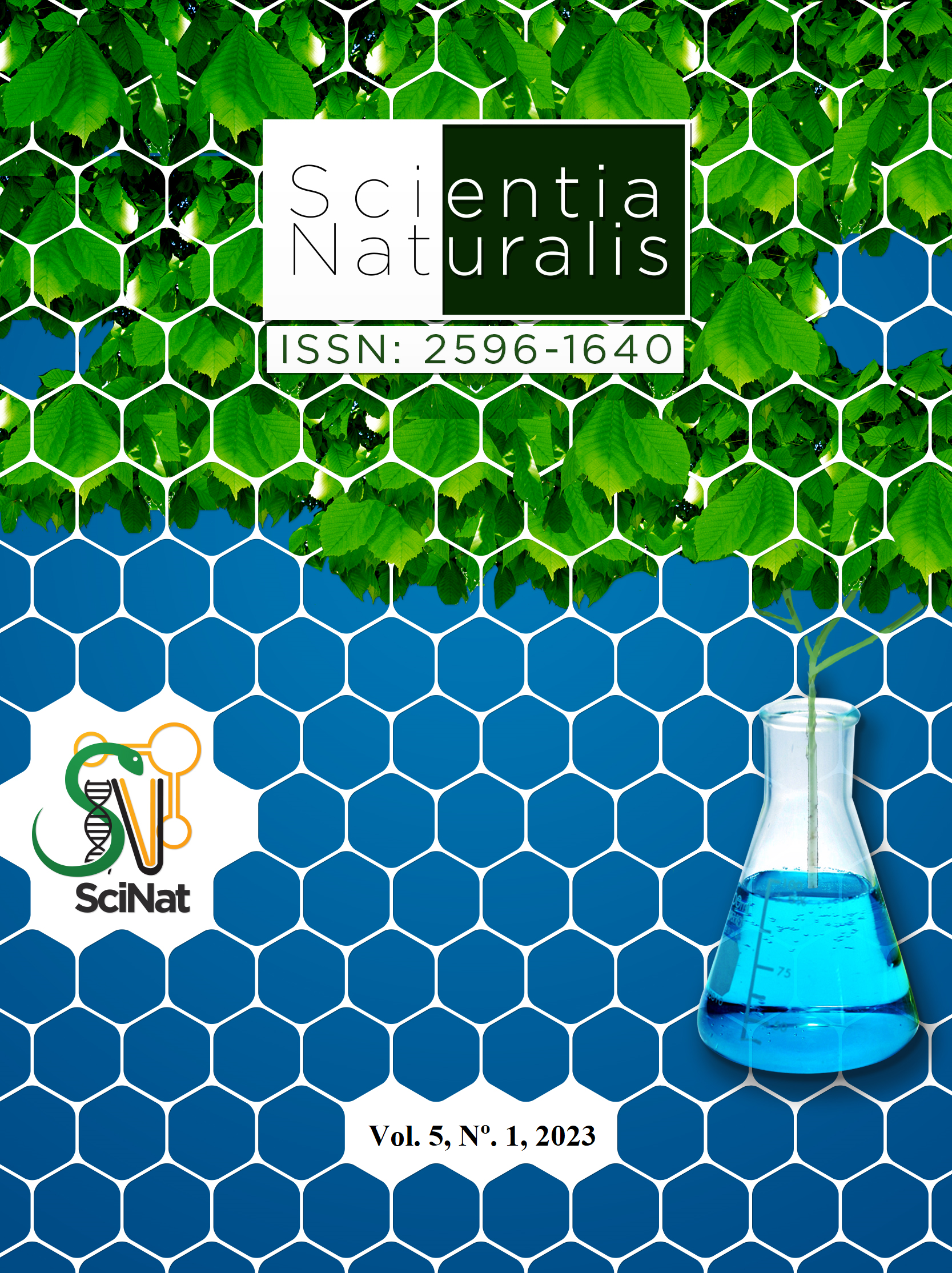Gluten-free vegetable pasta elaboration with added natural dyes
DOI:
https://doi.org/10.29327/269504.5.1-11Abstract
Pasta is a staple and world food that usually features wheat flour in its base structure and may contain eggs. With increased detection of celiac disease and vegetarianism, the food market had to adapt to new consumer demands. Thus, the present work elaborated and analyzed the nutritional characteristics and phenolic compounds of vegetable pasta (VP) enriched and colored with saffron, dehydrated beetroot and spirulina. Beet VP stood out in relation to carbohydrates and phenolic compounds, while saffron and spirulina did not differ statistically from each other in all analyses, except for the lower lipid content found for spirulina. Both the presence of different natural dyes and the way of preparation (raw, cooked and cooking water) affected the color coordinates (L*, C* and HUE) and phenolic compounds content of the VP. The absence of gluten influenced the optimal cooking time (TOC), which represented low values for all VP. Based on this research, it was possible to develop inclusive foods with potential health benefits, aimed at the general consumer (including celiacs, children, vegetarians and adepts).




